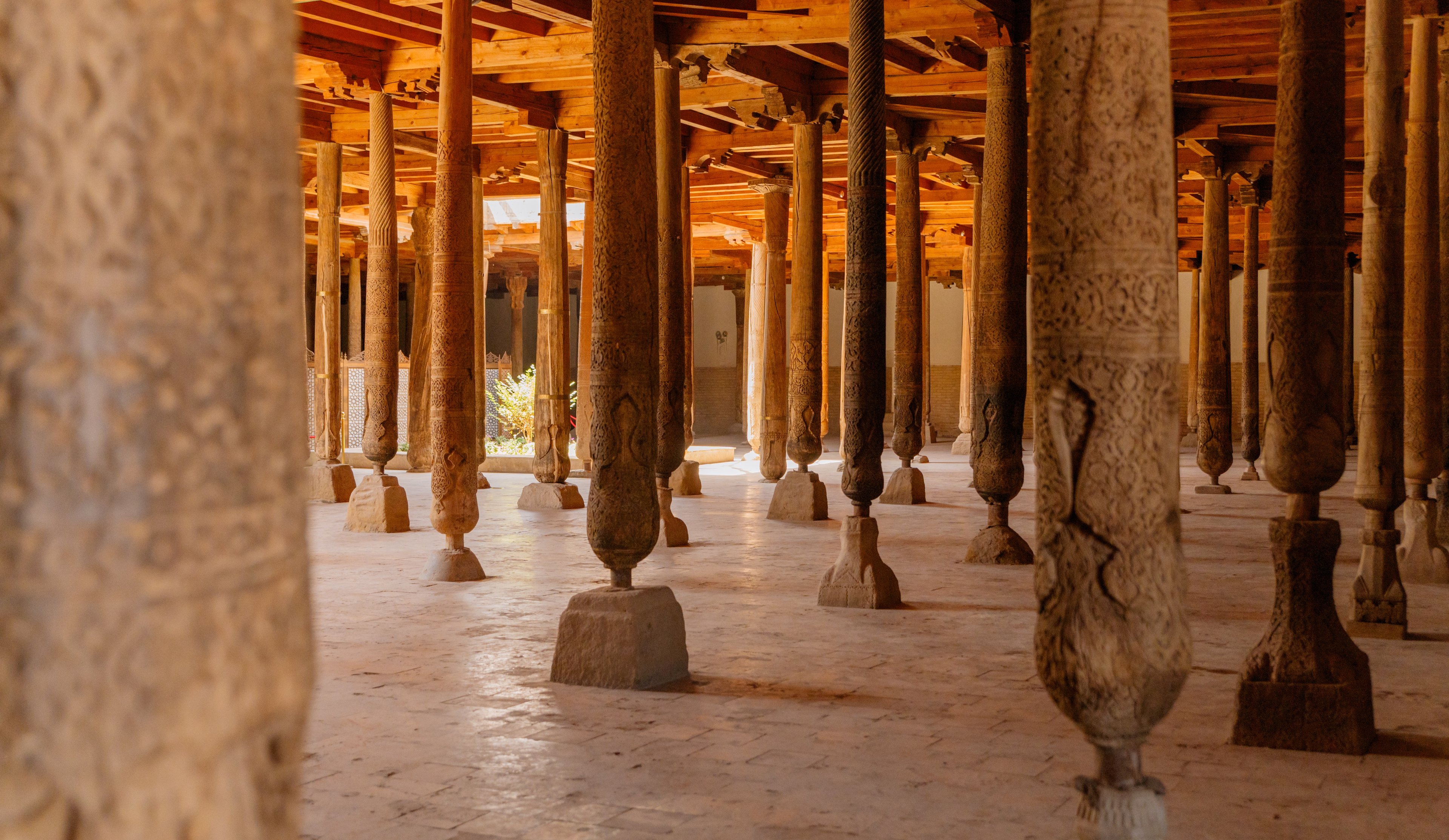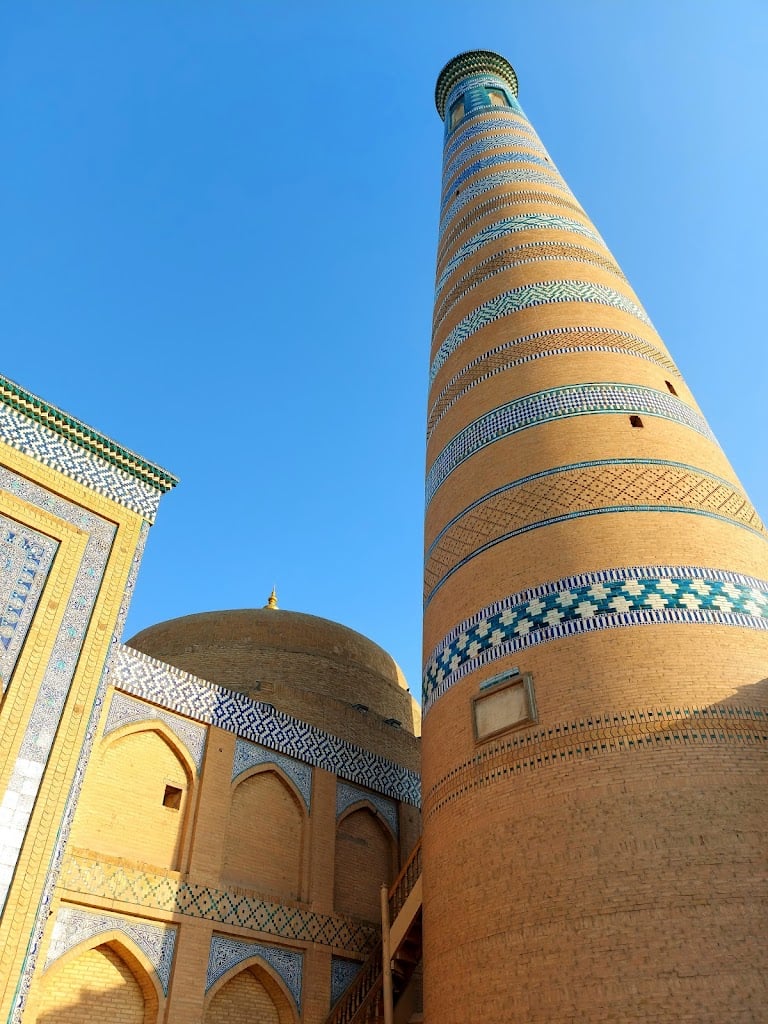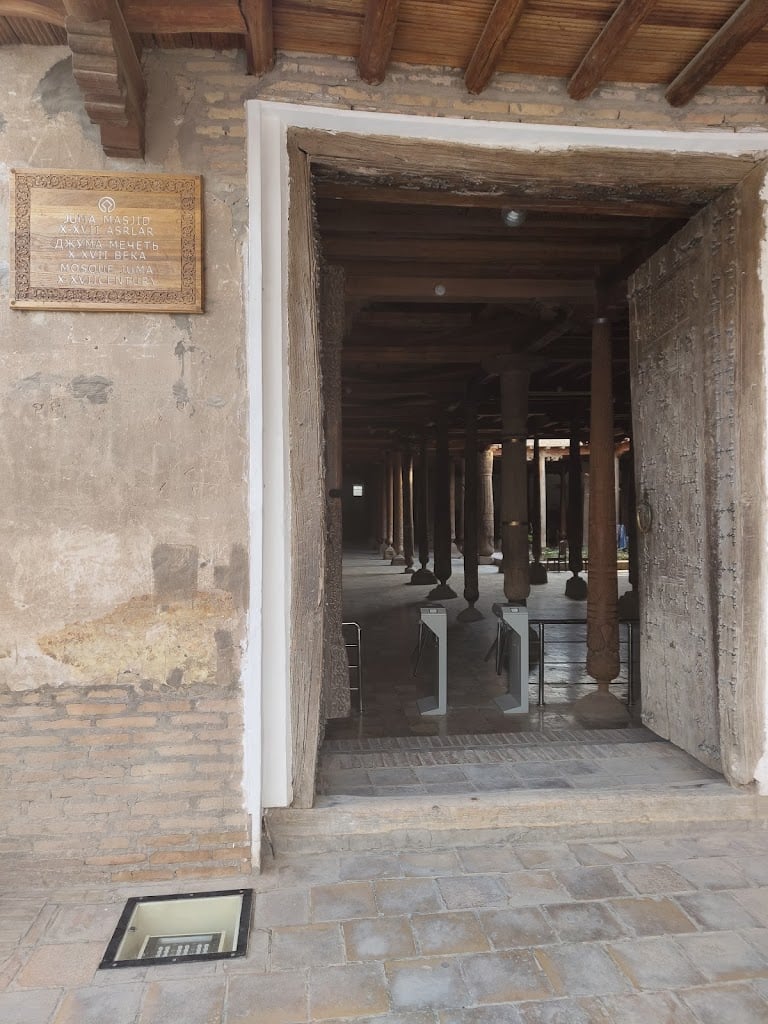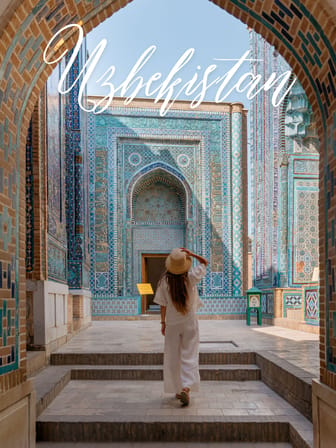Juma Mosque




Ask ThatchGPT
Suggest a local expert to plan my trip
Suggest an unique itinerary for my Khiva trip
What foods do Khiva locals eat
What are some true hidden gems in Khiva
Help me brainstorm trip ideas for Khiva
Help me plan a family-friendly trip to Khiva
What people say
Pedro Pereira
Available for hire
"There is a Djuma (Friday) mosque in the center of Ichan-kala. It was erected at the end of the eighteenth century over the ruins of previous construction. This is an original building without portals and cupolas, without galleries and yards. It is 55x46 m. One can enter the mosque from four sides. From the northern facade, facing the one of the main streets of the city the mosque faces a minaret, 52 m. high.
The building is fenced with brick walls. The interior space is a single hall, the flat ceiling of which is supported by 215 wooden pillars. This type of single-hall mosque is found throughout the world and throughout the ages; witness the magnificent mosque in Afrasiab (tenth century), an Iranian mosque in Plain (tenth century), the Morocco mosque of Khas-an in Rabat (twelfth century) and others. But the constructive plan and decor of the Khiva Djuma mosque express originally. Small openings were made in the ceiling for light and ventilation of the hall.
The finish of fagade is open brick. The interior is simply plastered. Spaces between the windows are painted in black and red colors; trees, bushes, and irises are realistically represented, symbolizing the wish of peace and tranquil in the monumental and decorative art of Central Asia. Irises were also used in the painting of the Ferghana mosques, in the Mamangan Khodja Amin Kabri, and other memorials. The carved doors and mosque pillars are of special interest. They were built in different periods.
The deep and raised carving with a Kufi inscription decorate the boles of the pillars of the tenth — eleventh centuries. Flatter ornament and smaller painting with flourishing Kufi are seen on the pillars of the eleventh — twelfth centuries. The text on them reminds the worshippers that «this possession belongs to Allah». The combination of geometric and plant ornaments and Arabic script is peculiar to the pillars of the fifteenth century. The majority of the pillars were erected in the eighteenth century and some of them are of late origin. One can read these dates on the doors and pillars: 1316, 1510, 1788, 1 789, probably, showing the stages of building the mosque.
The forest of pillars standing in the semi-darkness of the hall, adorned with the best patterns of Khorezm carving is expressive of the inimitable art of the local masters."
Read more in:
Anna Kępa
"Worth to visit for 5 minutes. You need to cover your head and shoulders here."
Read more in:
Mentioned in these guides
About Juma Mosque
Get the inside scoop on Juma Mosque from local experts, travel creators, and tastemakers. Browse genuine trip notes, Juma Mosque reviews, photos, travel guides, and itineraries from real travelers and plan your trip with confidence.
Save this spot for later or start mapping out a new trip today
Try our AI Travel Assistant and get instant answers to any questions about your trip.
Ask ThatchGPT

